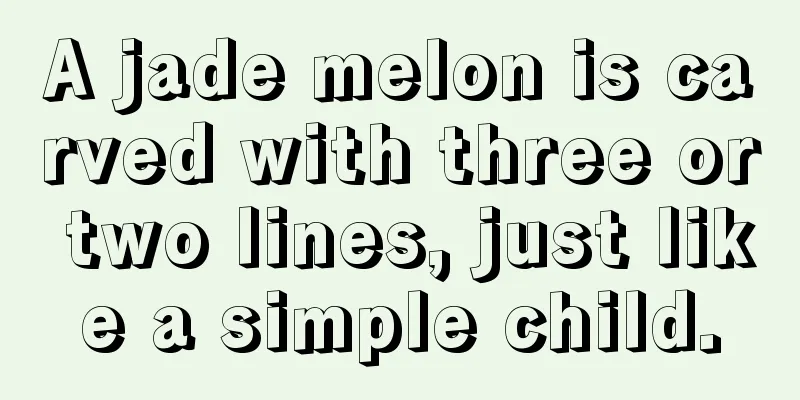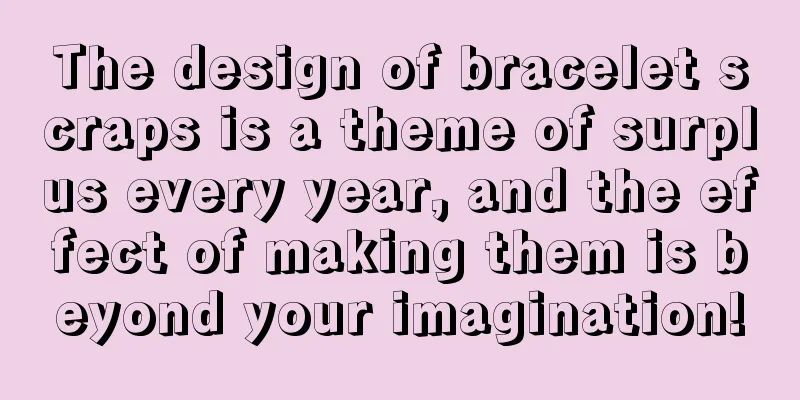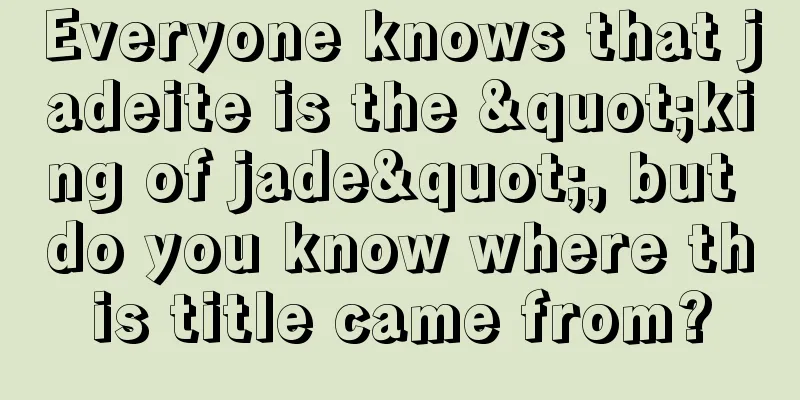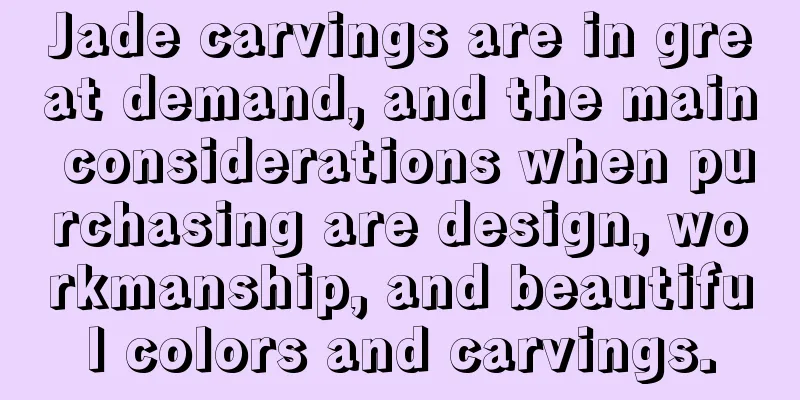Practical drill on jadeite authenticity identification, once you learn it, you will be an appraiser

|
When many novices come into contact with jade, the first issue they are concerned about is its authenticity. The jade industry is so complicated, and they are afraid of being deceived if they are not careful. So, when looking at jadeite under natural light, can you tell with your naked eyes whether it is A-grade, B-grade or C-grade jadeite? Many experts and veterans may have this skill, but for novices, we still have to use tools and scientific methods to make judgments. Today I will introduce to you how to use tools to judge the authenticity of a piece of jade.Let’s first take a look at the test specimen we got, a lucky melon pendant with kingfisher feathers. Next, we need to prepare the tools needed for our experimental process. These tools are available on Taobao. 1. One Charles filter 2. A 365mm or 395mm ultraviolet lamp, which is what we commonly call a banknote detector lamp. 3.9V yellow xenon lamp 4. A magnifying glass with a magnification of 30 times or more 5. If conditions permit, you can also prepare a refractometer, but this experiment does not have one. The first step of the experiment is to shine an ultraviolet lamp directly on the pendant. From the two pictures above, you can see that the pendant has a fluorescent reaction, which means that the pendant is not purely natural, but has been injected with glue containing fluorescent agent, which will produce a fluorescent reaction under ultraviolet light. Let’s take a look at the reaction on the other side of the pendant, paying attention to the green part circled in the picture above. The second step is to use a Charles filter and a xenon lamp to illuminate the pendant. We can see that the green area has turned purple. From this, we can determine that this jade pendant is not a pure natural A-grade jade, but a B+C grade jade that has been injected with glue and dyed. Let’s take a look at another experimental piece, a jade pendant with floating colorful flowers.By observing the peace locket with the prepared magnifying glass, you can find that the green color of the peace locket is net-like and there are many small pits on the surface. These are the traces left after acid washing, which shows that this peace locket is not purely natural. In order to remove impurities, it has been soaked in strong acid. Next, we used ultraviolet light to shine on the peace locket. The fluorescent reaction was as bright as that of a light bulb, which shows how fake it was. When observed using a Charles filter and a xenon lamp, the floating green patterns turned purple. From this we can also determine that this peace locket has been soaked in strong acid and has been colored, so it belongs to B+C and is not genuine. Finally, let’s take a look at this jade bracelet. This picture was taken outdoors in natural light. The jade bracelet is tied with red thread. We cut it open so that we can take it off and observe it easily. The first step is to use a Charles filter and a xenon lamp to observe. You can see that the bracelet has not changed color at all. This first step has been passed. The second step was to observe closely with a magnifying glass. No small pits were found after pickling, and the texture was quite fine, so the second level was passed. As can be seen from the picture above, this jade bracelet has some fine lines that are invisible to the naked eye, and the nail buckle has a bumpy feeling. These are natural fine lines and are minor flaws. Finally, the bracelet did not react when exposed to ultraviolet light. From this we can determine that this jade bracelet is pure natural A-grade jade. Through the above three steps, you can basically judge whether a piece of jade is real or fake. However, nowadays there are endless counterfeiting methods. If you are really unsure, you can send it to a regular appraisal agency to issue an appraisal certificate. This is the safest way. fcgc66 fcpf18 |
>>: Jade is not useful without carving: Let you appreciate the carving techniques of jadeite
Recommend
The benefits of wearing jade Buddha are not only to bring good fortune but also to ward off disasters
There are really a lot of jade jewelry with jade ...
Imperial green, royal purple, and golden jadeite, how high is their collection value?
There are also outstanding ones among jadeite. Pe...
A piece of ice-type snowflake cotton jadeite was carved into a Guanyin plaque. Everyone was amazed when the work came out.
Today I’d like to share with you the production p...
Do you know the meaning of wearing a jade bracelet?
In the kingdom of jewelry, many women have a spec...
Talk about the five primary colors of jadeite
First, let’s talk about the original white: Jade ...
What grade does the ice yellow jadeite belong to among the yellow jadeites? Understand immediately after reading
Some people would say that red, green, emerald an...
Jade carving, a magical skill that turns decay into magic
If jade is not carved, it cannot become a useful ...
What should we pay attention to when identifying jadeite? How to distinguish the types of jade?
The quality of jade depends on many factors, such...
What causes the color of jade to fade or disappear?
With the development of social economy and the im...
"Jade is not about color, but about water." This kind of jade is breathtaking.
Jade is not about color, but water. Water head is...
Important signs for identifying A-grade jadeite
Many people think that translucent and pure jade ...
The owner fell in love with the jadeite at first sight at a street stall, and after several rounds of carving, the finished product was so enviable that it made others envious!
Green Tara The statue of Green Tara is dressed in...
How much do you know about water adjustment of jadeite?
Water adjustment is a technique in jade processin...
How important is the “base” of jade ornaments?
As the saying goes, "The most beautiful scen...
I bought a pitifully small piece of jadeite raw stone for 8,000 yuan, but the finished product was so eye-catching!
This piece of raw stone is very small, only 350 g...









